Better Know a Ken: Okinawa
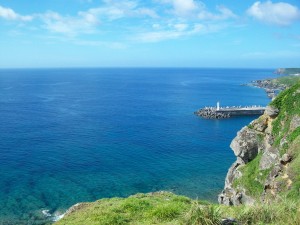 This had been the image of Japan in my dreams: a land that looked part cyberpunk and part geisha, a land with cities that rose up from the dark, grey sea in a swirl of neon blinking lights and giant steel buildings, labyrinthine in that each building led unto the next in a uniform fashion.  A dream of endless cities which held within them wisps of the floating world; of the ephemeral beauty that Japanese culture is so adept in detailing in its art, theater and literature. Japan seemed like a place where the future world was melded into a bygone era of formality and traditions, a postmodern pastiche of both high technology and ancient temples. A land where time and space were a high priority, where minute details mattered to the extreme and where super fast bullet trains packed to capacity were the standard in daily commutes. I had imagined a cleaner, more organized version of the postmodern LA of the film Bladerunner or the descriptions of Chiba City in William Gibson’s Neuromancer. But when I received Okinawa as my assigned prefecture I realized I wouldn’t get the chance to head out across the Japanese archipelago via shinkansen.  I wouldn’t see the cities upon cities or even the rural snow country.  All of those images were in fact so far removed from the reality of the Ryukyu Islands, that I realized I had to shelve them back into the fiction they originated from in order to enjoy what lay ahead of me.
This had been the image of Japan in my dreams: a land that looked part cyberpunk and part geisha, a land with cities that rose up from the dark, grey sea in a swirl of neon blinking lights and giant steel buildings, labyrinthine in that each building led unto the next in a uniform fashion.  A dream of endless cities which held within them wisps of the floating world; of the ephemeral beauty that Japanese culture is so adept in detailing in its art, theater and literature. Japan seemed like a place where the future world was melded into a bygone era of formality and traditions, a postmodern pastiche of both high technology and ancient temples. A land where time and space were a high priority, where minute details mattered to the extreme and where super fast bullet trains packed to capacity were the standard in daily commutes. I had imagined a cleaner, more organized version of the postmodern LA of the film Bladerunner or the descriptions of Chiba City in William Gibson’s Neuromancer. But when I received Okinawa as my assigned prefecture I realized I wouldn’t get the chance to head out across the Japanese archipelago via shinkansen.  I wouldn’t see the cities upon cities or even the rural snow country.  All of those images were in fact so far removed from the reality of the Ryukyu Islands, that I realized I had to shelve them back into the fiction they originated from in order to enjoy what lay ahead of me.
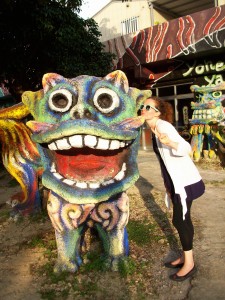 When I first arrived in Okinawa after a 3.5 hour flight from Haneda airport following Tokyo Orientation, I realized I wasn’t in Kansas anymore, nor was I really in Japan either, at least not the Japan I had imagined. I suspected that I was on my way to somewhere quite different on the morning of our departure from the Keio Plaza Hotel, when I looked around and found myself in a sea of dark suits. Eager, anxious foreign faces formed little whirlpools around professional looking, no-nonsense Japanese who were in charge of directing the new JETs to their destinations. My group, on the other hand, was escorted by two gentlemen dressed in what appeared to be Hawaiian shirts (which were actually Kariyushi shirts, the Okinawan version). Both of them were smiling and laughing that morning and not in any particular hurry as we were one of the final groups to leave. There was such a contrast in their attire and their laid back approach from these other groups that I couldn’t help but feel as if somehow I was on a tour departing for a Club Med tropical vacation (incidentally, there is a Club Med on the island that I ended up teaching on this past year). The contrast in formality couldn’t have been more noticeable and yet, somehow I also felt relieved that Okinawa didn’t seem to be as formal or as conformist, at least in its dress code. We were the one group that stood out a bit from the crowd and with that I knew we were on our way to someplace quite different from mainland Japan.
When I first arrived in Okinawa after a 3.5 hour flight from Haneda airport following Tokyo Orientation, I realized I wasn’t in Kansas anymore, nor was I really in Japan either, at least not the Japan I had imagined. I suspected that I was on my way to somewhere quite different on the morning of our departure from the Keio Plaza Hotel, when I looked around and found myself in a sea of dark suits. Eager, anxious foreign faces formed little whirlpools around professional looking, no-nonsense Japanese who were in charge of directing the new JETs to their destinations. My group, on the other hand, was escorted by two gentlemen dressed in what appeared to be Hawaiian shirts (which were actually Kariyushi shirts, the Okinawan version). Both of them were smiling and laughing that morning and not in any particular hurry as we were one of the final groups to leave. There was such a contrast in their attire and their laid back approach from these other groups that I couldn’t help but feel as if somehow I was on a tour departing for a Club Med tropical vacation (incidentally, there is a Club Med on the island that I ended up teaching on this past year). The contrast in formality couldn’t have been more noticeable and yet, somehow I also felt relieved that Okinawa didn’t seem to be as formal or as conformist, at least in its dress code. We were the one group that stood out a bit from the crowd and with that I knew we were on our way to someplace quite different from mainland Japan.
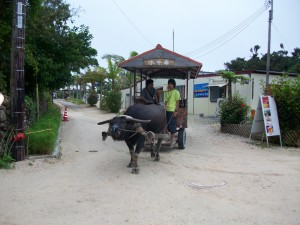 Mensore! Welcome to Okinawa (otherwise known as the Ryukyu Islands or Uchinaa in Uchinaaguchi, the Okinawan language [and its various local dialects]). Okinawa is a land unto its own, quite literally. Separated from mainland Japan by a vast amount of ocean, Okinawa is a chain of islands stretching its way down from mainland Okinawa to Yonaguni, a tiny island that sits only 108km away from the coast of Taiwan.  Yonaguni is the westernmost part of Japan, and having had the opportunity to teach on it and watch the sun set over its horizon, I can say that I have been to what felt like the edge of the world.  Okinawa was once its own kingdom and took many of its cultural cues from the Ming Dynasty of China.  The Ryukyu Kingdom thrived off of its status as a hub of trade between Japan, China and Southeast Asia. You can see the various items and ideas that were brought from places such as Thailand, Vietnam, Malaysia and China in Okinawan art, food and dance.  It is said that Okinawan culture is a champeru (Uchinaaguchi for “mixedâ€) culture (champeru is also a stir-fry mix of veggies and meats that is a basis for Okinawan cooking), and that it now combines elements from mainland Japan, local Okinawan culture and America (due to the large military presence on the big island as well as the post-WWII years Okinawa spent under US rule).  Okinawans also live on Okinawan time or “island time†and this translates into it being acceptable to arrive slightly late (though not at work or at formal occasions, of course). They say it is the heat that makes everyone a bit more relaxed and I would have to agree, because while I’ve heard that Japan has scorcher summers in most of its prefectures, Okinawa has a half year of that kind of heat and a humidity index that makes you feel like you are melting.  But I do not think it is the heat alone that gives Okinawa its laid back vibe. At the heart of Okinawa is its emphasis on the strength of the family and community.  “Ichariba choodee†is a saying in Uchinaaguchi that means, “once we have met, we are brothers and sisters.â€Â There is a closeness that this approach to humanity encourages.
Mensore! Welcome to Okinawa (otherwise known as the Ryukyu Islands or Uchinaa in Uchinaaguchi, the Okinawan language [and its various local dialects]). Okinawa is a land unto its own, quite literally. Separated from mainland Japan by a vast amount of ocean, Okinawa is a chain of islands stretching its way down from mainland Okinawa to Yonaguni, a tiny island that sits only 108km away from the coast of Taiwan.  Yonaguni is the westernmost part of Japan, and having had the opportunity to teach on it and watch the sun set over its horizon, I can say that I have been to what felt like the edge of the world.  Okinawa was once its own kingdom and took many of its cultural cues from the Ming Dynasty of China.  The Ryukyu Kingdom thrived off of its status as a hub of trade between Japan, China and Southeast Asia. You can see the various items and ideas that were brought from places such as Thailand, Vietnam, Malaysia and China in Okinawan art, food and dance.  It is said that Okinawan culture is a champeru (Uchinaaguchi for “mixedâ€) culture (champeru is also a stir-fry mix of veggies and meats that is a basis for Okinawan cooking), and that it now combines elements from mainland Japan, local Okinawan culture and America (due to the large military presence on the big island as well as the post-WWII years Okinawa spent under US rule).  Okinawans also live on Okinawan time or “island time†and this translates into it being acceptable to arrive slightly late (though not at work or at formal occasions, of course). They say it is the heat that makes everyone a bit more relaxed and I would have to agree, because while I’ve heard that Japan has scorcher summers in most of its prefectures, Okinawa has a half year of that kind of heat and a humidity index that makes you feel like you are melting.  But I do not think it is the heat alone that gives Okinawa its laid back vibe. At the heart of Okinawa is its emphasis on the strength of the family and community.  “Ichariba choodee†is a saying in Uchinaaguchi that means, “once we have met, we are brothers and sisters.â€Â There is a closeness that this approach to humanity encourages.
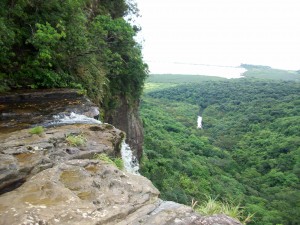 This past year I was assigned to work in the Yaeyama islands of Okinawa Prefecture. The Yaeyama islands, which are approximately one hour away via airplane from Naha, have their own regional dialects and are in many ways different from Okinawa mainland. Because they are so isolated, they are considered a top vacation destination for many Japanese (hence the Club Med on Ishigaki island).   I was lucky to have had the opportunity to live in Ishigaki and to have an ALT position that enabled me to visit the 20 junior high schools throughout the various islands. This job required me to travel by car, ferry and airplane and had me staying overnight on both Yonaguni and the far Western point of Iriomote island every month, both extremely remote and hard to reach in a day’s travel. My time in this area of the world gave me the opportunity to witness a bygone era of Okinawan culture, a slower paced life on islands of extreme beauty. If Nirai Kanai exists, it exists in the Yaeyama islands.
This past year I was assigned to work in the Yaeyama islands of Okinawa Prefecture. The Yaeyama islands, which are approximately one hour away via airplane from Naha, have their own regional dialects and are in many ways different from Okinawa mainland. Because they are so isolated, they are considered a top vacation destination for many Japanese (hence the Club Med on Ishigaki island).   I was lucky to have had the opportunity to live in Ishigaki and to have an ALT position that enabled me to visit the 20 junior high schools throughout the various islands. This job required me to travel by car, ferry and airplane and had me staying overnight on both Yonaguni and the far Western point of Iriomote island every month, both extremely remote and hard to reach in a day’s travel. My time in this area of the world gave me the opportunity to witness a bygone era of Okinawan culture, a slower paced life on islands of extreme beauty. If Nirai Kanai exists, it exists in the Yaeyama islands.
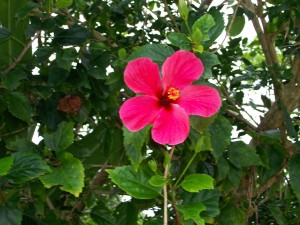 Okinawa is in many ways the opposite of the images I had of Japan. Instead of high tech metropolitan cities, this area is peppered with small villages, towns and cities located by an emerald sea that is so transparent and clean you can see everything in it, including the majestic reefs that surround the islands. The flowers and foliage are colored brightly to match the intensity of the sun which beats down upon you throughout the day.  My time here has given me an insight into the education system, the culture and history of this part of Japan, as well as the ability to climb mountains, explore the tropical jungle on Iriomote and Northern Okinawa, swim with the manta rays and enjoy the natural world. It has wiped clean the hours I had spent toiling in cubicles and other offices finishing TPS reports and whatnot. It has also cleared away the distractions that have kept me from understanding who I was.  Okinawa has given me so much in my quest to understand who I am and what I want in life. I can only hope that I give back at least half that amount in the work I do as an ALT and as a member of my school and my community. While I didn’t end up the Japan of my imagination, I landed in the place where I was meant to be and for that I am extremely thankful.
Okinawa is in many ways the opposite of the images I had of Japan. Instead of high tech metropolitan cities, this area is peppered with small villages, towns and cities located by an emerald sea that is so transparent and clean you can see everything in it, including the majestic reefs that surround the islands. The flowers and foliage are colored brightly to match the intensity of the sun which beats down upon you throughout the day.  My time here has given me an insight into the education system, the culture and history of this part of Japan, as well as the ability to climb mountains, explore the tropical jungle on Iriomote and Northern Okinawa, swim with the manta rays and enjoy the natural world. It has wiped clean the hours I had spent toiling in cubicles and other offices finishing TPS reports and whatnot. It has also cleared away the distractions that have kept me from understanding who I was.  Okinawa has given me so much in my quest to understand who I am and what I want in life. I can only hope that I give back at least half that amount in the work I do as an ALT and as a member of my school and my community. While I didn’t end up the Japan of my imagination, I landed in the place where I was meant to be and for that I am extremely thankful.
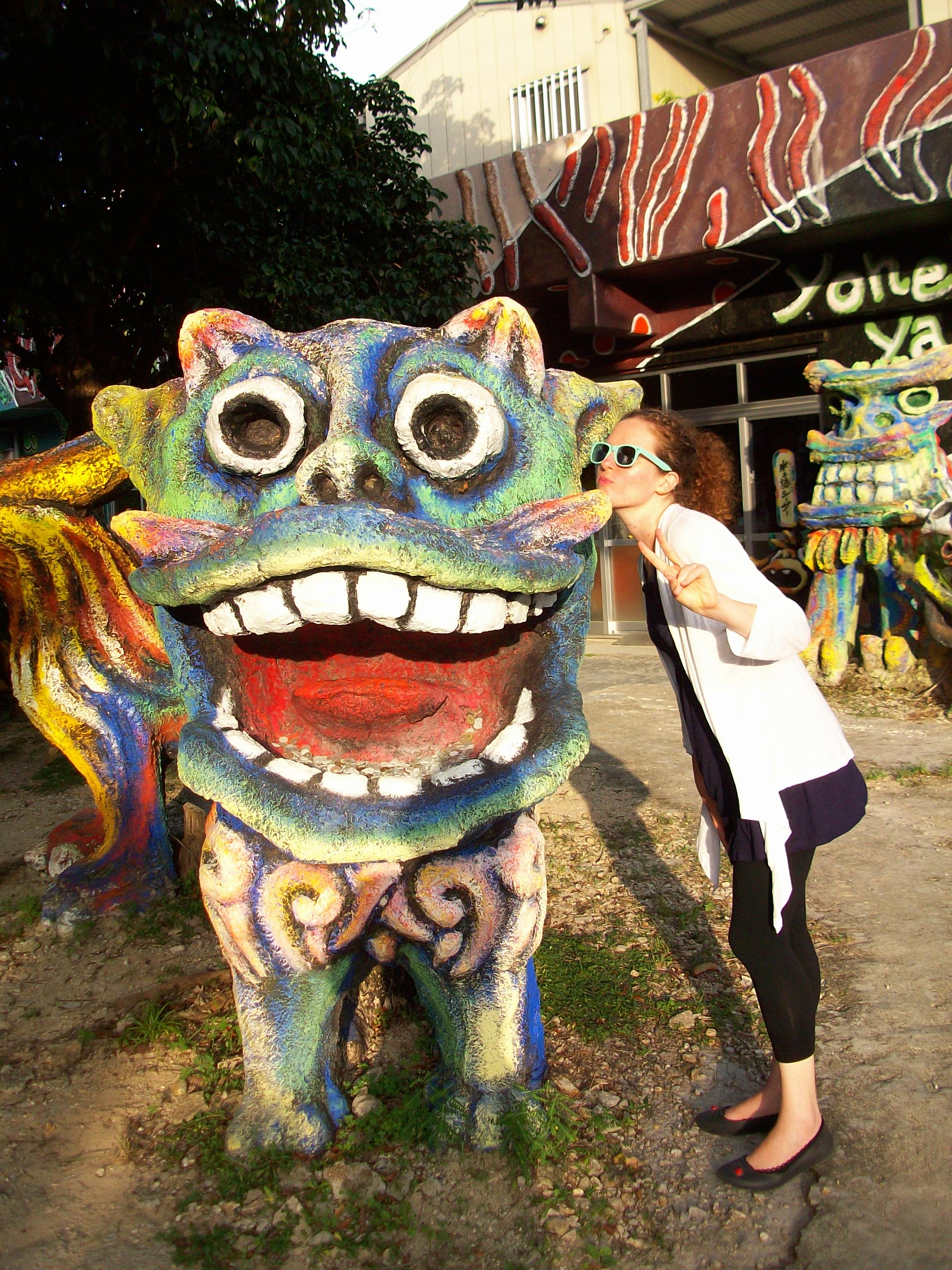
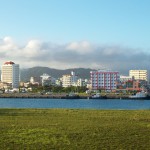



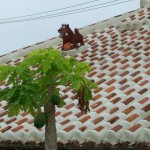
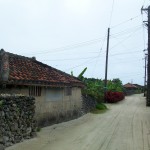


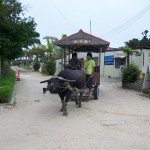



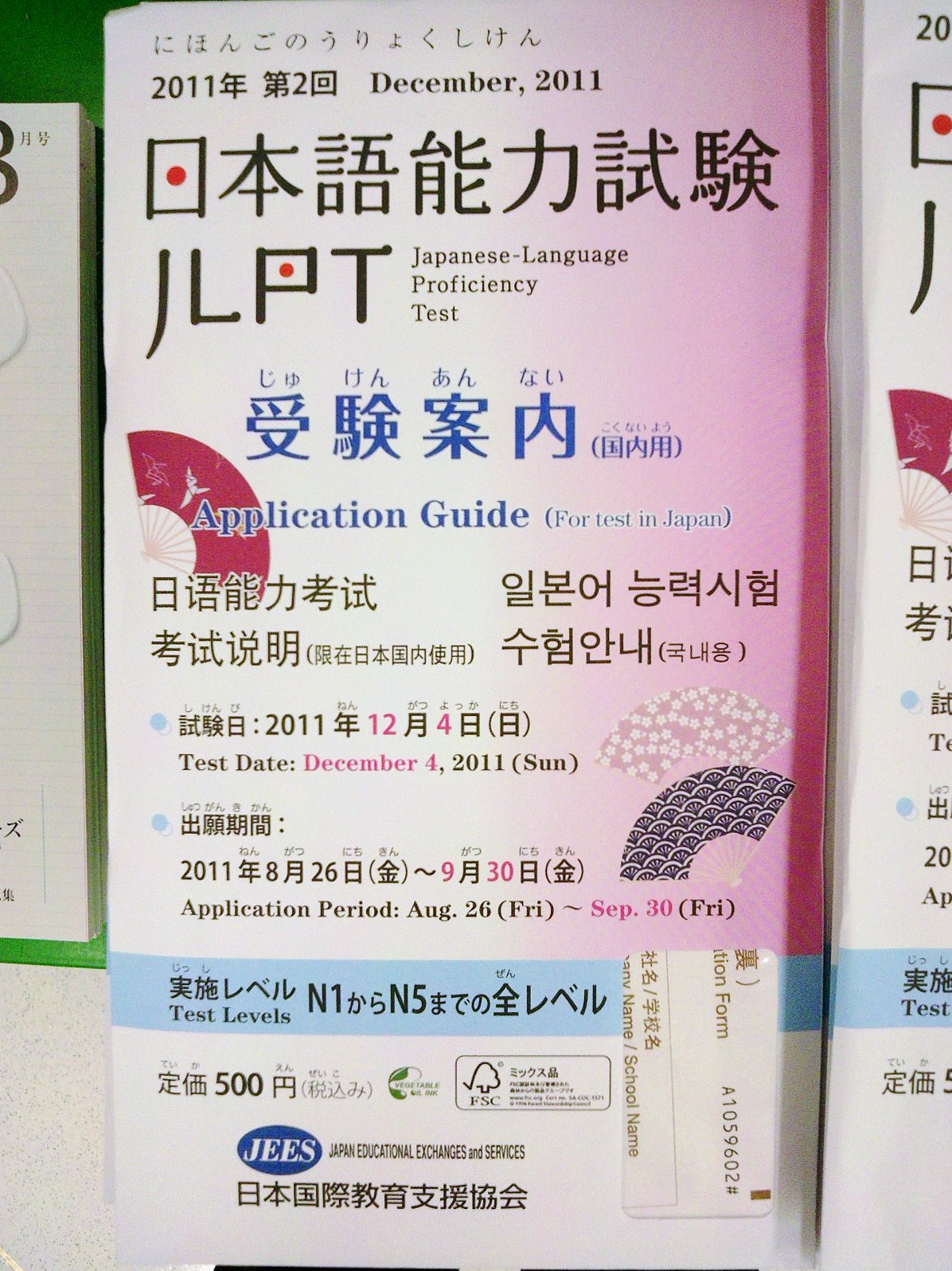
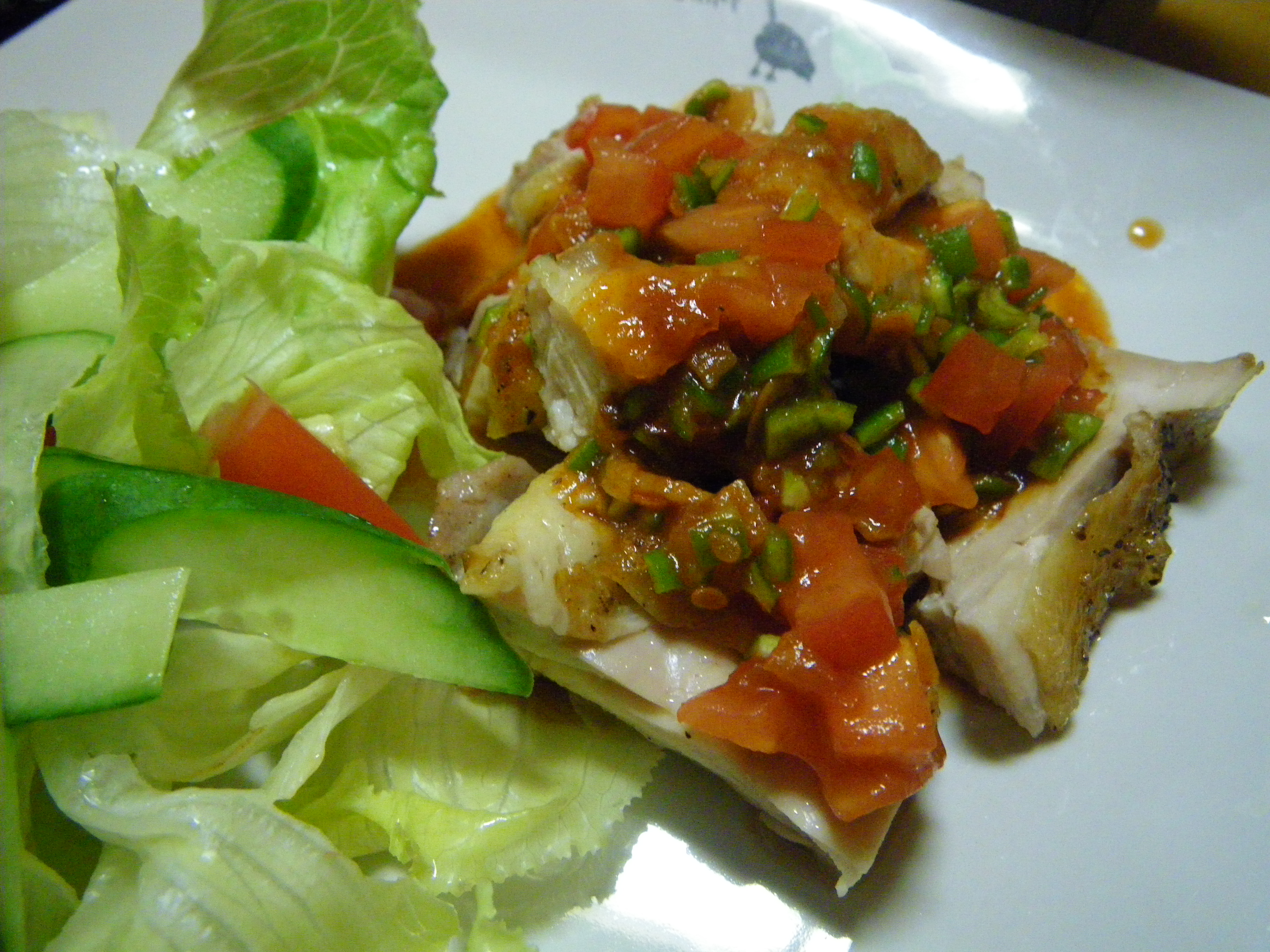
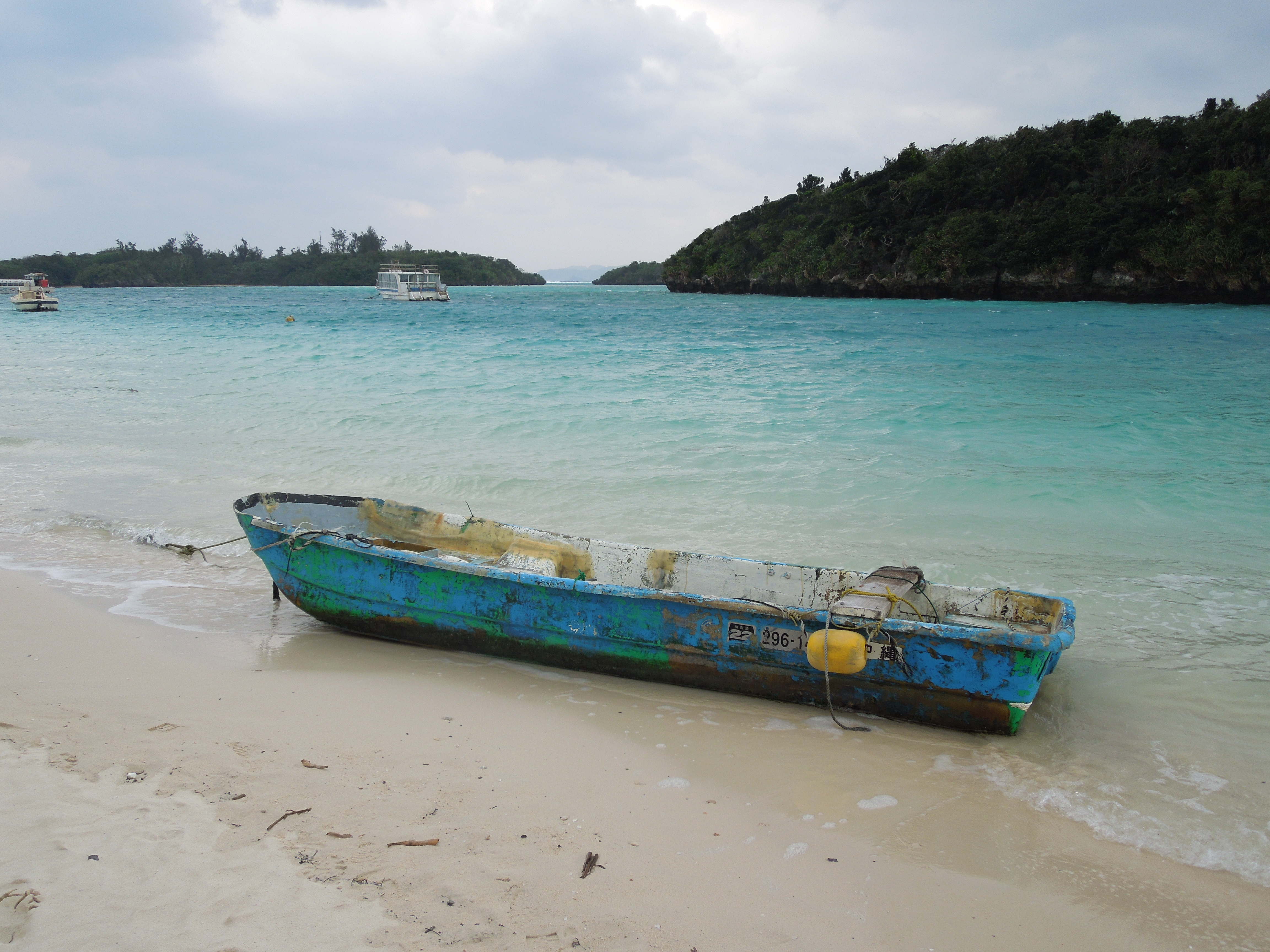
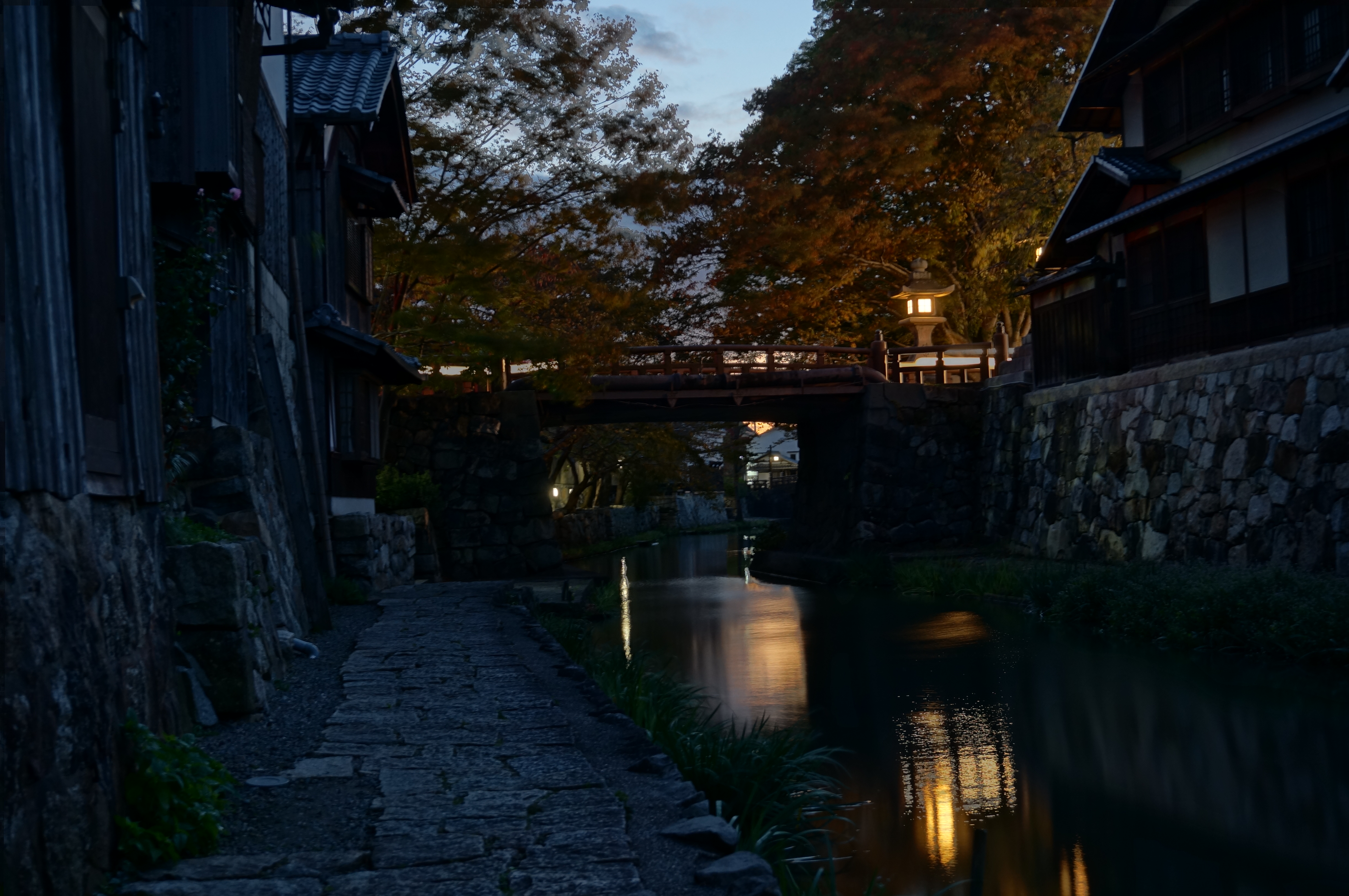
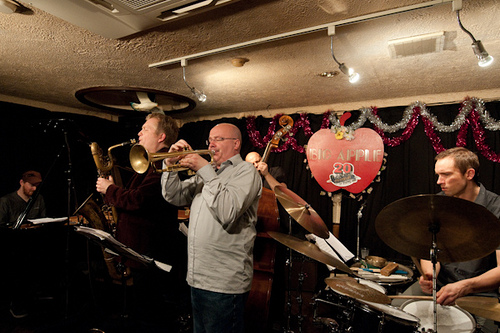

Great article.